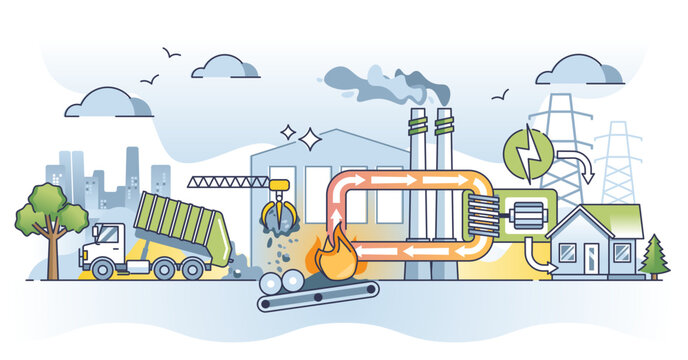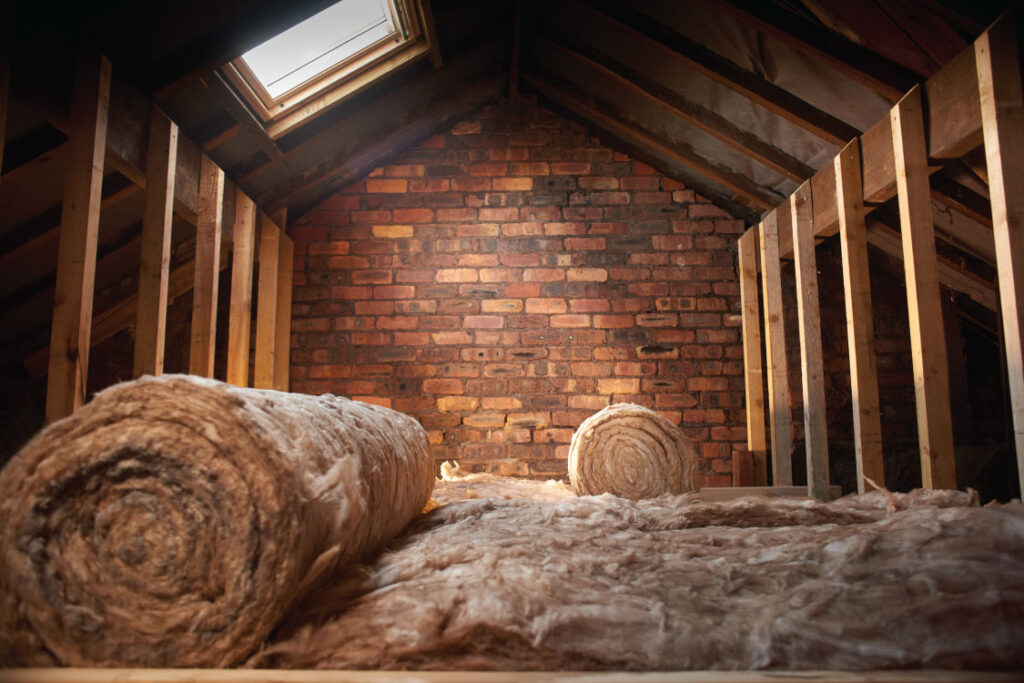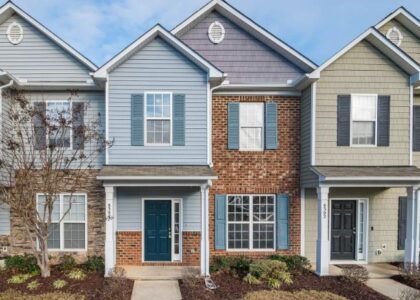Understanding Home Heating Efficiency
Walking into a warm home on a chilly evening feels great, doesn’t it? But achieving that comfort while keeping energy costs reasonable can be a challenge, especially for homes aged 15-20 years or older. Often, these houses are not optimized for heating efficiency, leading to significant energy loss. Homeowners can tackle this by focusing on insulating home improvements, which are essential not just for comfort but also for saving money and the environment.
Key Areas for Insulating Improvements
To maximize home heating efficiency, consider inspecting and upgrading these areas:
- Attics and Roofs: A large portion of heat escapes through poorly insulated attics. Adding insulation here can significantly reduce energy loss.
- Windows: The right window type matters. Double or triple-pane windows mean less heat loss during those cold, harsh winters.
- Doors: Weatherstripping doors can cut down drafts, ensuring that the warmth stays inside.
- Walls: Insulating walls, especially in basements, is a great way to maintain warmth in living spaces.
Hearing stories from friends who tackled these upgrades often shows the ups and downs. For instance, one neighbor braved the battles of installing new windows—what a mixed bag it was! They found that the vinyl options worked best for their humid climate, effectively reducing drafts while being low-maintenance.
Challenges and Insights
Every project comes with its hurdles. Many homeowners face the difficulty of selecting the right insulation material. Fiberglass, spray foam, or cellulose—each has its pros and cons. It’s wise to assess your local climate and personal preferences before diving in. Not only do effective insulating improvements enhance home heating efficiency, but they can also be appealing when planning to sell or rent your home in the future. Buyers and tenants are increasingly looking for energy-efficient homes, making these upgrades a strategic investment for anyone looking to maintain their property’s appeal.

Identifying Common Energy Loss Points
Understanding where your home is leaking energy is crucial for effective insulation. Energy audits can be a game-changer, revealing those pesky gaps and cracks that you might overlook. Many local utility companies offer free or discounted energy audits, which can provide you insights you never considered. Here are main areas to focus on during your audit:
- Electrical Outlets: Surprisingly, these can be significant contributors to heat loss, especially on exterior walls.
- Baseboards and Corners: Ensure there aren’t any drafty spots sneaking in; sealing these can enhance comfort drastically.
- Garages: If attached, they can act as cold bridges—insulating shared walls does wonders.
One homeowner in a colder climate shared how their free utility audit opened their eyes to the many areas often missed in casual inspections. They discovered that replacing a few outlet gaskets alone reduced their heating bill by nearly 10%. It was a small, easy change that yielded substantial results, making them a passionate advocate for proactive energy-saving measures.
Exploring Natural Insulation Solutions
While many homeowners choose traditional insulation materials, nature can also be a valuable ally in your quest for energy efficiency. For example, incorporating insulating plants around your home can provide both beauty and comfort. Native plants, when strategically planted, can act as natural wind barriers and buffers against extreme temperatures. Consider these options:
- Evergreen Trees: They provide year-round coverage and shield your home from cold winter winds.
- Deciduous Trees: These allow sunlight to warm your home in winter while blocking it during summer.
- Green Roofs and Living Walls: These methods not only insulate but also provide rainwater absorption and promote biodiversity.
An aspiring urban gardener found that planting a row of evergreens not only enhanced the property’s aesthetic appeal but reduced heating costs so significantly that the investment paid for itself in less than two years. Making smart choices about natural insulation methods can dramatically increase your home’s energy efficiency while keeping your expenditures low.
Staying proactive about heating efficiency doesn’t just lead to a cozier home, it fosters a more sustainable lifestyle, allowing you to contribute positively to the environment.

Creative Solutions for Insulation
With the technical strategies in place, it’s time to explore innovative ways to enhance your home’s insulation while keeping aesthetics in mind. Effective insulating home improvements don’t have to compromise design; in fact, they can greatly enhance your home’s appeal!
One of the simplest yet impactful methods is incorporating insulation into your home’s design. Think about using thermal curtains in tandem with insulated window installations. Not only do they help minimize energy loss, but they also lend a cozy, elegant touch to any room. Consider these decorative insulation enhancements:
- Insulated Window Films: These clear films can be applied to existing windows for an unobtrusive way to keep warmth inside.
- Stylish Draft Stoppers: Placing attractive draft stoppers at the base of doors can keep chilly air at bay and add a homely flair.
- Artistic Wall Hangings: Use wall art made from thermal insulation materials to enhance the interior while providing a functional barrier to energy loss.
In Kansas City, one family made waves in their neighborhood by using vibrant outdoor curtains to create a semi-enclosed porch space. Not only did it protect against breezes, but it also became a favorite spot for entertaining visitors year-round.
Considering insulation options extends beyond the walls. Flooring insulation with stylish area rugs provides warmth underfoot while serving as a significant energy barrier, especially for homes with unsealed basements or concrete floors.
When it comes to materials, opt for eco-friendly choices that align with your values and resonate with your design preferences. By blending function with aesthetic appeal, you not only reduce energy loss but also elevate your home’s overall vibe. Embracing these improvements ensures a warm and inviting atmosphere while allowing for personal expression in your living space.






